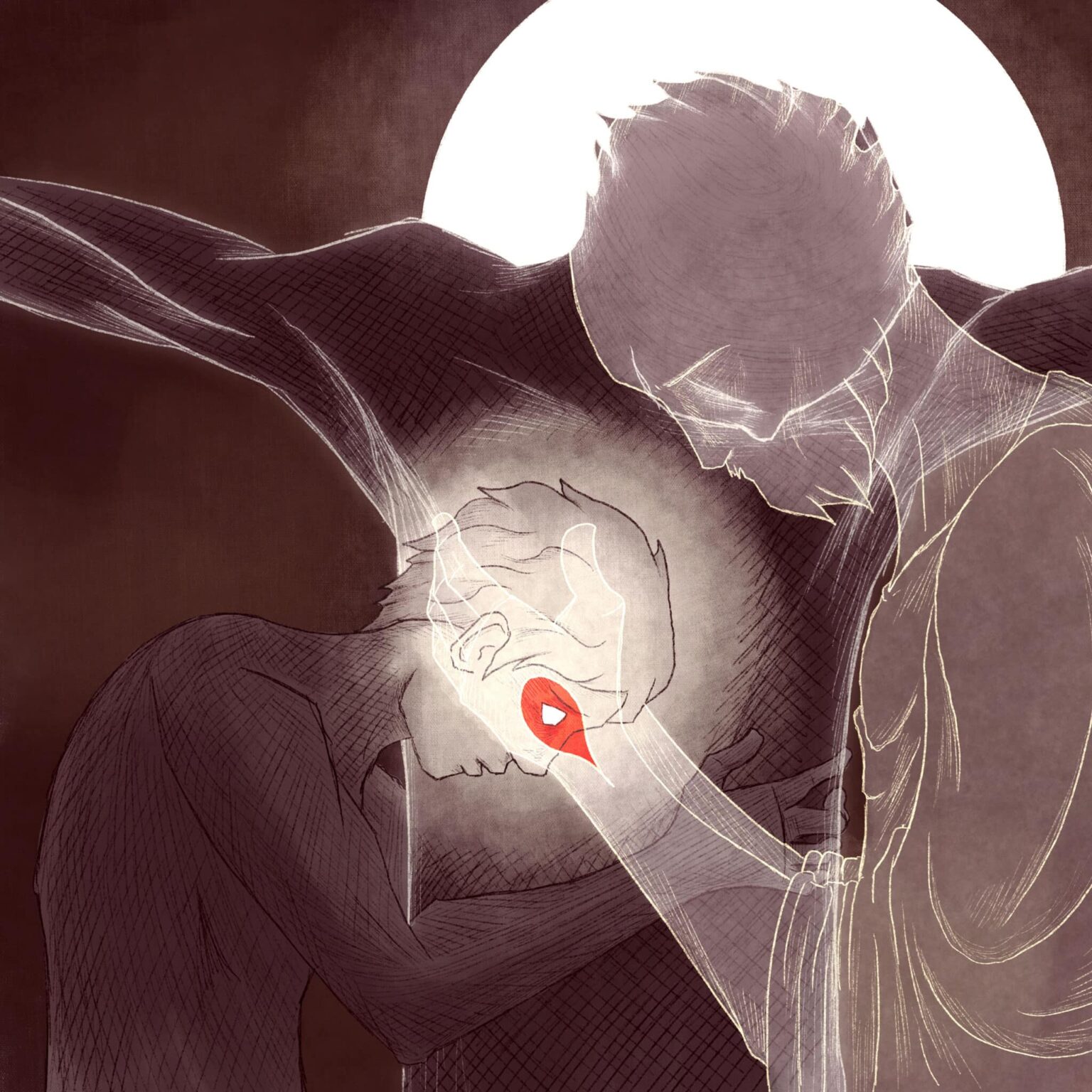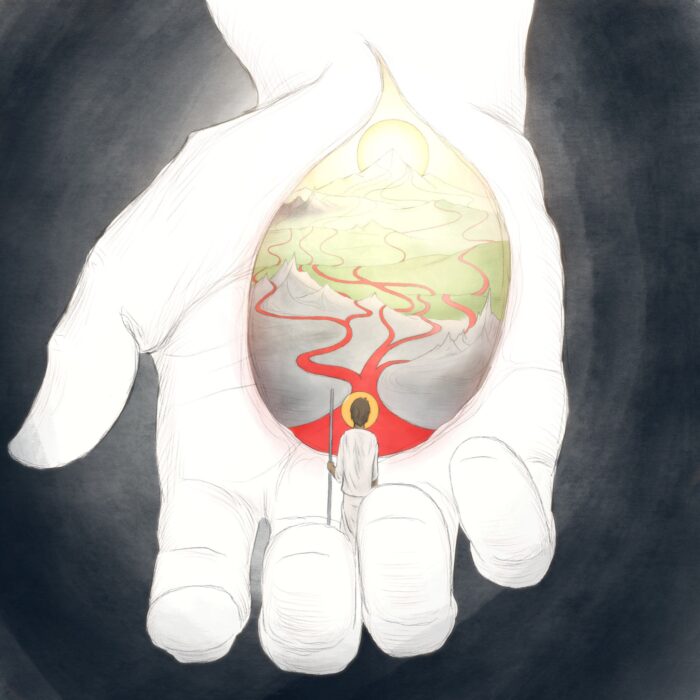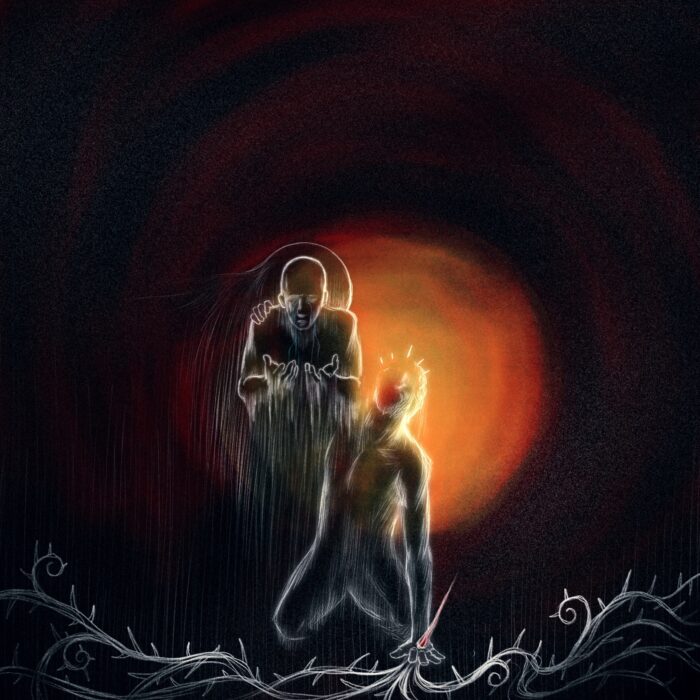Psalm 34:8, “Oh, taste and see that YHWH is good! Blessed is the man who takes refuge in Him!”
Hebrew poetry often employs a technique called “parallelism” by which the second parallel line in some way restates or comments on the first. When we read Psalm 34:8 in light of this technique, it helps us to see that the way someone tastes and sees that YHWH is good is by taking refuge in Him.
As long as the Lord is only a concept or a theory or an idea—something kept at experiential arm’s length—then we cannot actually taste and see His goodness. Only when we cling to Him in faith, only when we desperately lay hold of Him as our only hope, only when we hide in Him with no where else to go—only then do we begin to taste and to see His goodness.
But how can sinful human beings hide in the holy God? Isn’t that like a gasoline-soaked rag saying that it is going to “hide” in a bonfire? It would be apart from Christ. In the crucified and risen Jesus Christ, sinful humanity has been perfectly judged by the holy God….and, simultaneously, the holy God is perfectly revealed to sinful humanity as the one who loves and gives Himself for them so that they might live in Him.
So, we taste and see that YHWH is good when we run to and hide in the Jesus Christ—the one who bears every trial we will ever face (included the hell we deserve) in His death, and who reveals the necessary end of those trials in His resurrection. This is why, when Peter cites Psalm 34:8 in 1 Peter 2:3 he implies that we taste and see the goodness of the Lord in the Gospel.
Would we experientially taste and see the goodness of our God? Then let us feast by faith on the crucified and risen Jesus, on the Lord and Shepherd who is Himself the banquet prepared for us in the midst of our enemies…let us cling in the darkness to the one who bore that very darkness in Himself so that He might—as the One risen beyond all darkness—meet us in the darkness as Light.




